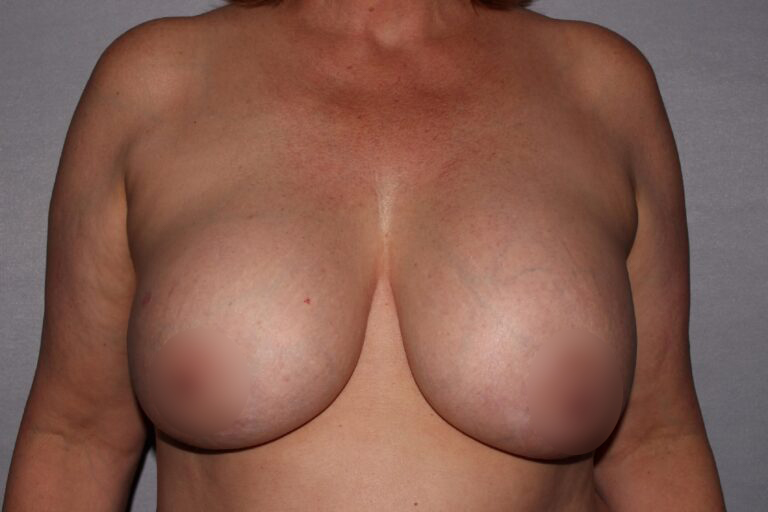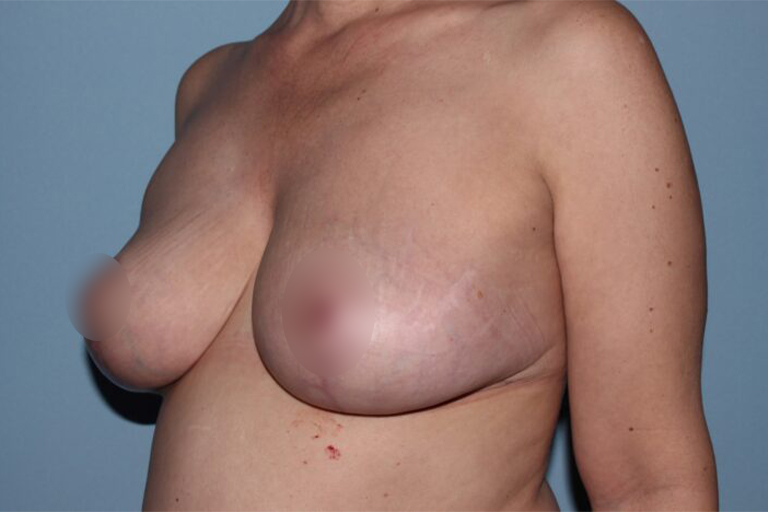Breast implants have been around since 1962 when they were developed by 2 Houston plastic surgeons. The design and manufacture have come a long way. After a number of design flaws with the earlier devices, implant manufacturers improved the silicone gel devices. At one point however the shells of the implants were not very durable and were subject to phenomena such as ” silicone gel bleed” where the outer shell appeared to be intact but was permeable to the silicone which would leak out in small amounts. This also contributed to a high rate of capsular contracture.
By 1990, some reports had estimates of rupture rates of 50% after 10 years of implantation. The moratorium on silicone gel implants that occurred in 1992 had a significant impact on plastic surgery practices, however it did allow the manufacturers to go back to the drawing board and design safer more durable breast implants.
Since then, the design and manufacturing processes have gotten even better with newer implants now having a more cohesive material within the outer shell. These implants have a lower rate of rupture because they are less susceptible to folds in the implant shell which occur with movement. These folds can rub against each other and over time developed what is called “crease fold failure” which is one of the most common findings of a ruptured implant. The other areas of weakness of the implant shell include the outer patch (where the gel is placed during production) that is bonded to the outer shell which may be susceptible to breakdown.
Some ruptures can be attributed to damage done during the insertion of the implant. More recent use of implant insertion funnels is likely to help reduce this risk and Dr. Glenn Lyle at Lyle Plastic Surgery and Aesthetics Center utilizes the Keller Funnel in all of his breast implant insertion cases. This device makes insertion less traumatic with less chance of coming in contact with your skin, which harbors low amounts of bacteria.
What is the Breast Implant Rupture Rate?
Right now, the rupture rate of implants varies by manufacturer and even the style of implant but generally is less than 1% per year. This means that in 10 years less than 10% of women have developed a breast implant leak. Leaking implants are not always apparent on physical examination and are often found with monitoring with ultrasound, CAT scan or MRI. MRI is the most sensitive but also the most expensive. The FDA recently changed their recommendation. They used to recommend an MRI at 3 years and then every 2 years after placement. Very few women actually did this. Now they recommend an MRI between year 5 and 6. Many surgeons recommend monitoring with ultrasound which is more readily available and less expensive.
Recently Motiva® breast implants have been approved for use in the U.S. having been used in Europe, Asia, Australia and South America for over a decade. These devices have the lowest rate of rupture established by well-done studies. They also report the lowest rate of capsular contracture.
Dr. Lyle does perform hand-held ultrasound evaluation of breast implants however a formal radiographic evaluation by radiologist is recommended if any abnormalities are noted.
WHAT HAPPENS IF A BREAST IMPLANT RUPTURES?
First of all, patients frequently will ask what is the difference between a breast implant leaking and rupturing? They are essentially the same thing. Women imagine a rupture more of like an explosion where the entirety of the implant breaks apart at once. This is very unlikely to happen even when patients get a mammogram and are concerned that their implant was ruptured. It is thought that usually the implant develops a small opening with a slow leak of the gel material into the surrounding tissue. The newer devices have a more cohesive or thicker gel and less likely to leach out into the normal tissues. In fact, most ruptures are considered intracapsular and are contained within the thin layer of scar tissue at your body creates in response to the foreign body.
Breast implant leakage is usually asymptomatic also known as a “silent rupture” since you are unaware of it. A change in shape of the breast is possible but usually related to a capsular contracture which occurs when the scar tissue begins to tighten up around the implant. Leaking silicone gel can cause this.
Usually there is little change in size of the breasts, unlike a saline deflation which results in a fairly rapid flattening of the breast. Other signs of rupture can be pain or discomfort in the breast or sometimes a lump, usually if the silicone begins leaking into normal tissue.
An implant rupture is usually not considered an emergency, but generally it is recommended to have the implant removed and replaced. All breast implant manufacturers provide warrantees which provide for a new breast implant, even those that have gone past their warrantees will usually provide a lifetime warrantee for at least the implant cost. You must have your implant information available, however, in order to get a new implant. When an implant rupture is detected, it is best to contact the original plastic surgeon or a board-certified plastic surgeon to go over your options. Many patients decide to simply remove their implants without replacement, but alternatives such as breast lifting or fat transfer may be considered.
This 42-year-old woman had silicone gel breast implants placed 14 years ago. She had a CAT scan to investigate another unrelated issue and was found to have a bilateral breast implant rupture. This was considered a “silent rupture” as she had no symptoms. At the time of surgery, Dr. Lyle found completely disrupted breast implants, but they were contained within the implant capsule (intracapsular rupture). The implant material was removed safely within the capsule. The patient had had a prior mastopexy, so this was revised, and smaller implants were placed. The patient was very pleased with the improvement and had peace of mind knowing that her breast implant material had been removed.
Breast Implant Removal Before and After Photos
Further Reading
- Read about Dr Glenn Lyle’s Procedure on Breast Implant Removal in Raleigh, NC
- Read about Dr Glenn Lyle’s Procedure on Breast Revision in Raleigh, NC
- Read more Dr Glenn Lyle’s Blog Page on Ideal Implants: What Do you Do If you Have Them?
- Read more Dr Glenn Lyle’s Blog Page on Getting your Breast Implants Checked with a Doctor
- Read more Dr Glenn Lyle’s Blog Page on Recalled Breast Implants: Are Are Yours Recalled? Learn More
- Read more Dr Glenn Lyle’s Blog on How Motiva Differs from Other Brands: Are they Better?
- Read more Dr Glenn Lyle’s Blog on Is My Breast Implant Ruptured? Symptoms and Solutions for a Ruptured Implant

Meet Dr. Glenn Lyle
Board Certified Plastic Surgeon
Dr. Glenn Lyle, a board-certified plastic surgeon, has been proudly serving the Raleigh, NC, community at Lyle Plastic Surgery and Aesthetics Center since 2002. With a deep passion for helping patients reclaim their confidence, Dr. Lyle specializes in transformative breast surgery and body contouring procedures. Whether addressing the effects of weight loss, pregnancy, or aging, his expert care and artistic approach empower individuals to look and feel their best. Dr. Lyle is dedicated to creating beautiful, natural results that reflect each patient’s personal journey and goals.





